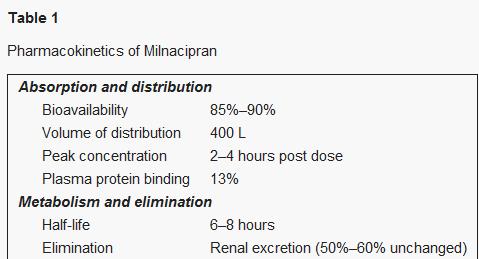The FDA has approved incobotulinumtoxinA (Xeomin, Merz) to treat blepharospasm and cervical dystonia. This neurotoxin inhibits the release of acetylcholine, thereby reducing muscle contractions. A boxed warning mentions the risk of distant spread of the toxin’s effect, which can cause symptoms of botulism such as asthenia, muscle weakness, blurred and double vision, ptosis, dysphagia, dysphonia, dysarthria, urinary incontinence, and life-threatening swallowing and breathing problems. Caution is advised when Xeomin is used with aminoglycoside antibiotics or other agents that interfere with neuromuscular trans – mission, such as curare-like compounds. Xeomin is discussed in this month’s Pharmaceutical Approval Update column on page 526.
Epoetin alfa Help In Healing Hip Fractures
Propecia Mexico
Intertrochanteric hip fracture is a threat to older people for a number of reasons, including the danger of blood loss, especially if the patient is anemic. If autologous blood isn’t available, allo – genic blood transfusion comes with its own risks for older anemic patients. Researchers from Levadia, Greece have proposed an alternative: epoetin alfa (e.g., Procrit, Ortho-Biotech; Epogen, Amgen). The authors divided 79 patients with hip fracture into two groups; one group received 10 daily doses of epoetin alfa 20,000 IU beginning from the day of trauma, and the other group received placebo. There was a statistically significant difference between the two groups in the required units of allogenic blood used. Patients receiving epoetin alfa also had higher hematocrit and hemoglobin values, with a statistically significant difference at seven days after surgery, compared with the control group. The mean follow-up period was 34 months. Three patients were lost to follow-up, although they were doing well at their last examination. Eight patients died of causes not directly related to the hip fracture or to epoetin alfa. Complications were considered minor. Five patients had a skin inflammatory response or bruising; one patient had chills and fever after the fifth injection. None of the patients had to stop therapy because of adverse effects. Patients also received 100 mg of parenteral iron each day. Six patients reacted to the iron, but all responded favorably to a reduced infusion. Epoetin alfa was also cost-effective, according to the researchers. The total cost of therapy was roughly 85% of the cost of preparing and conserving 1 unit of allogenic blood.
Acetaminophen Raises Risk of Asthma and Eczema in Teens
Recent reports have linked acetaminophen use to asthma in children. Studies are now linking acetaminophen to asthma and eczema in adolescents. Teenagers who used the drug monthly had more than double the risk of asthma compared with teens who did not use it. Yearly use was linked to a 50% increase in asthma risks. As part of the International Study of Asthma and Allergies in Childhood (ISAAC), questionnaires were given to more than 300,000 13- and 14-year-olds in 113 centers in 50 countries. “Medium” users, who took acetaminophen once in the preceding year, had a 43% higher asthma risk and a 31% higher eczema risk compared with non-users. “High” users, who had used the drug within the previous month, had 2.51 times the risk of asthma and a 99% greater risk of eczema compared with non-users. The risk of rhino conjunctivitis was also 38% higher for medium users and 2.39 times greater for high users than for non-users. A causal relationship was suggested. It is thought that acetaminophen has a systemic inflammatory effect, which could increase oxygen stress owing to depletion of glutathione-dependent enzymes, resulting in enhanced Th2 allergic immune responses. It is also possible that the drug suppresses the immune response to rhino virus infections, a common cause of severe asthma in children. Some investigators believe that acetaminophen use is a factor in the increased incidence of asthma worldwide. In earlier studies, acetaminophen reduced levels of glutathione, an antioxidant found in the lungs. Another study mentions an increased incidence of asthma and wheezing in people taking acetaminophen.
